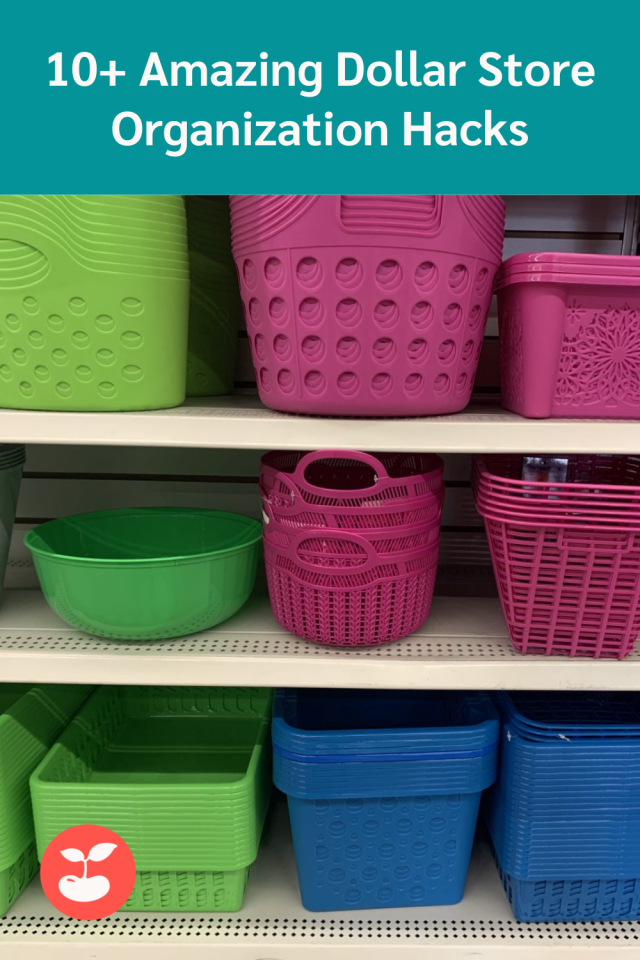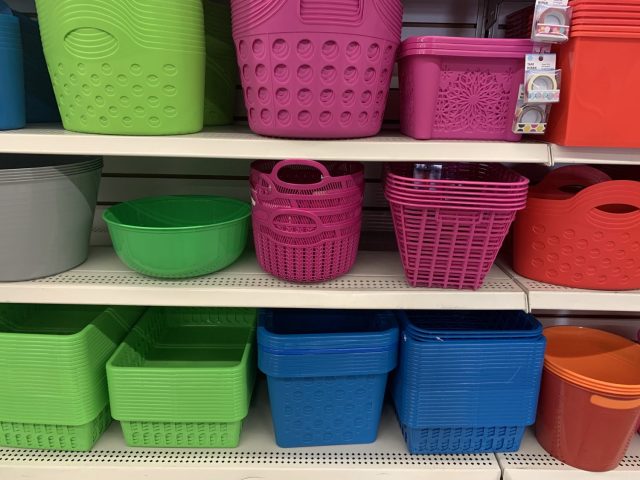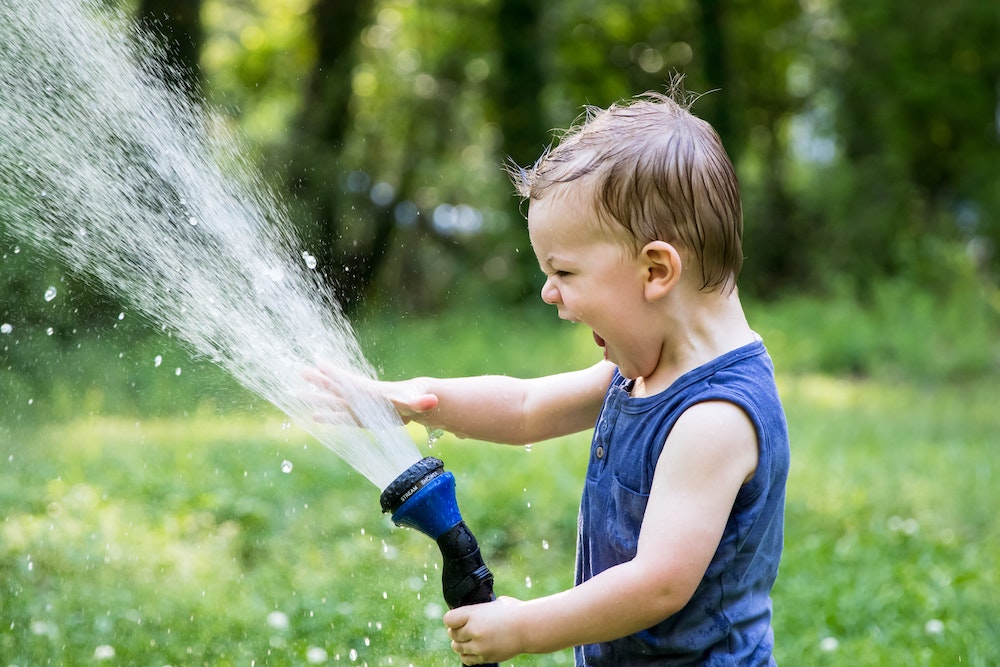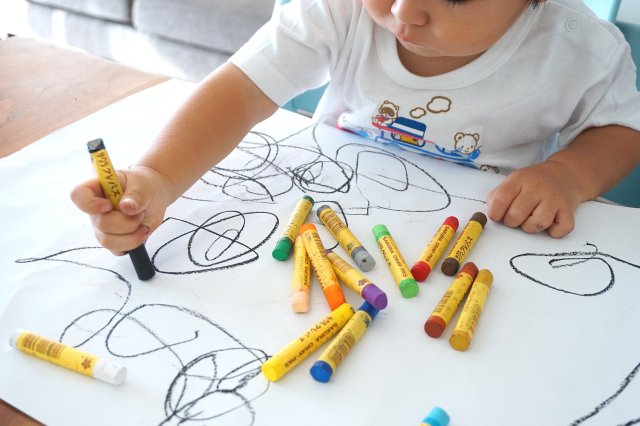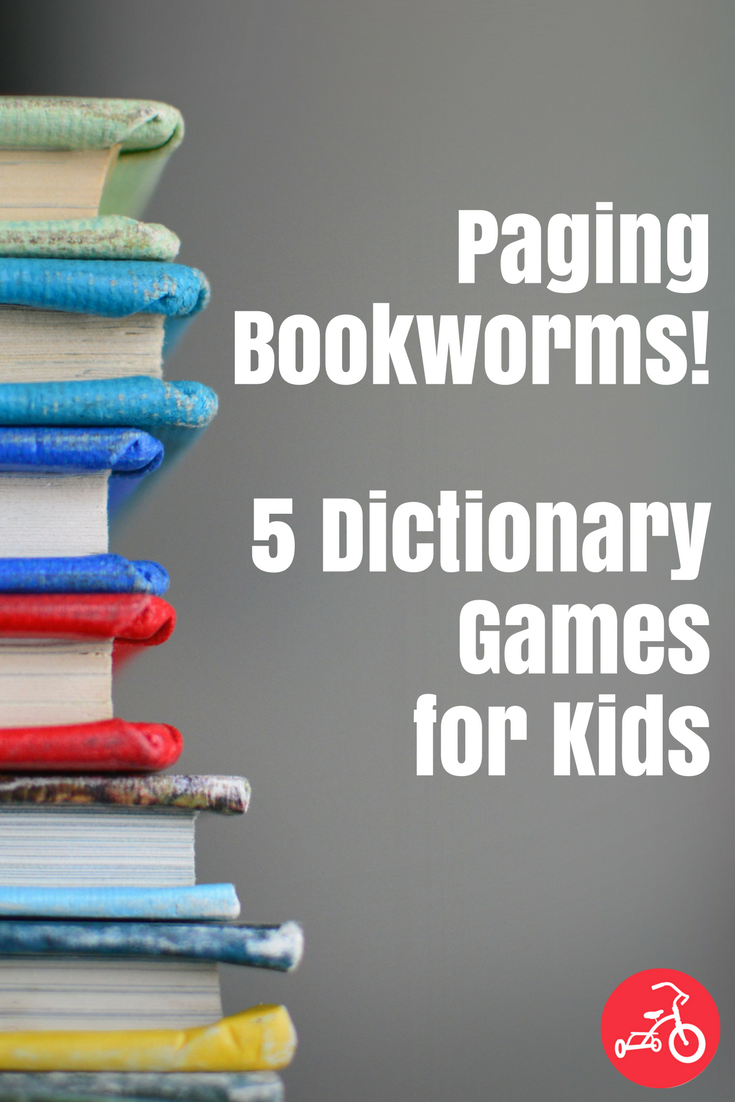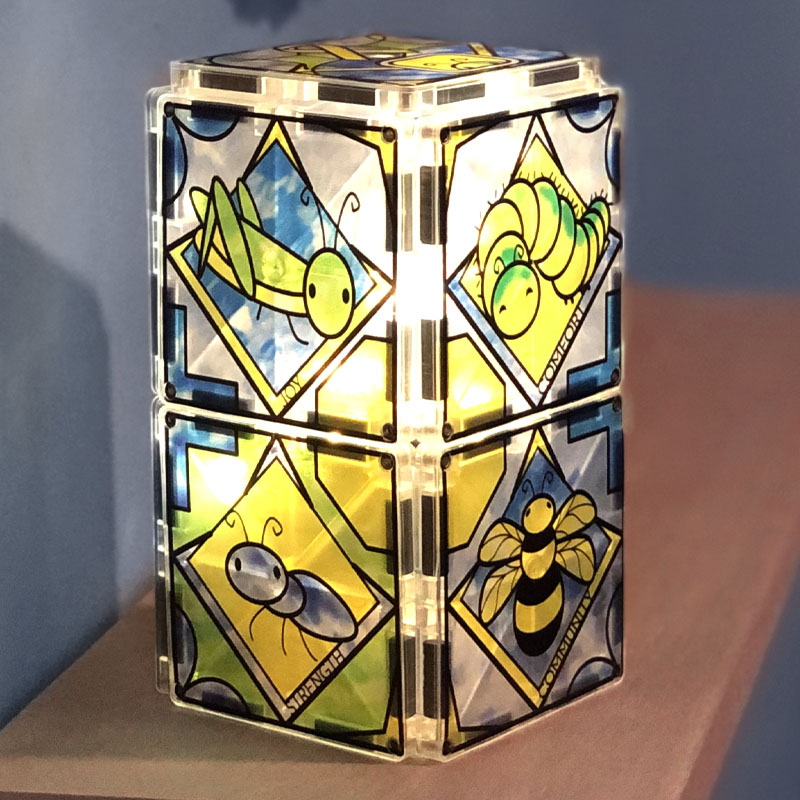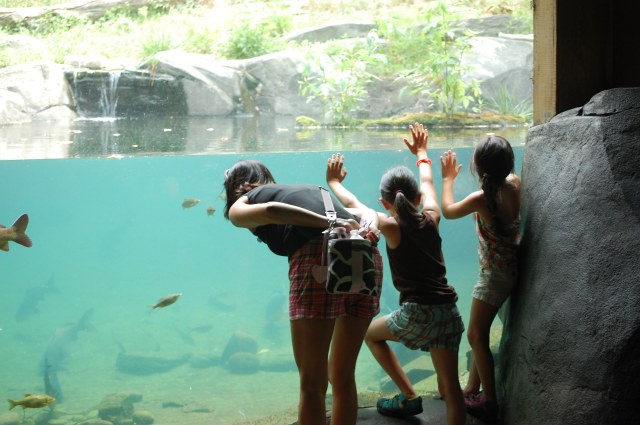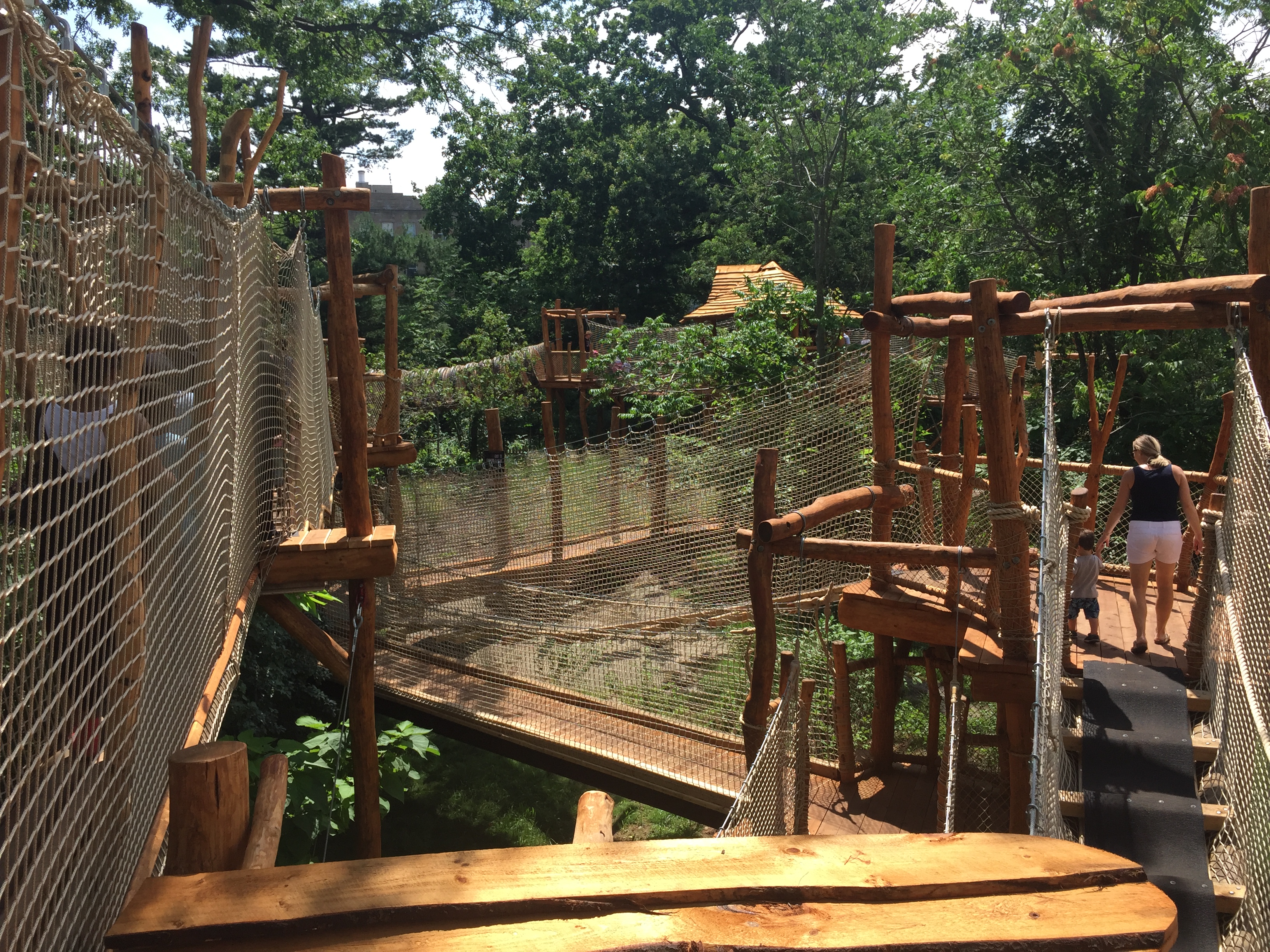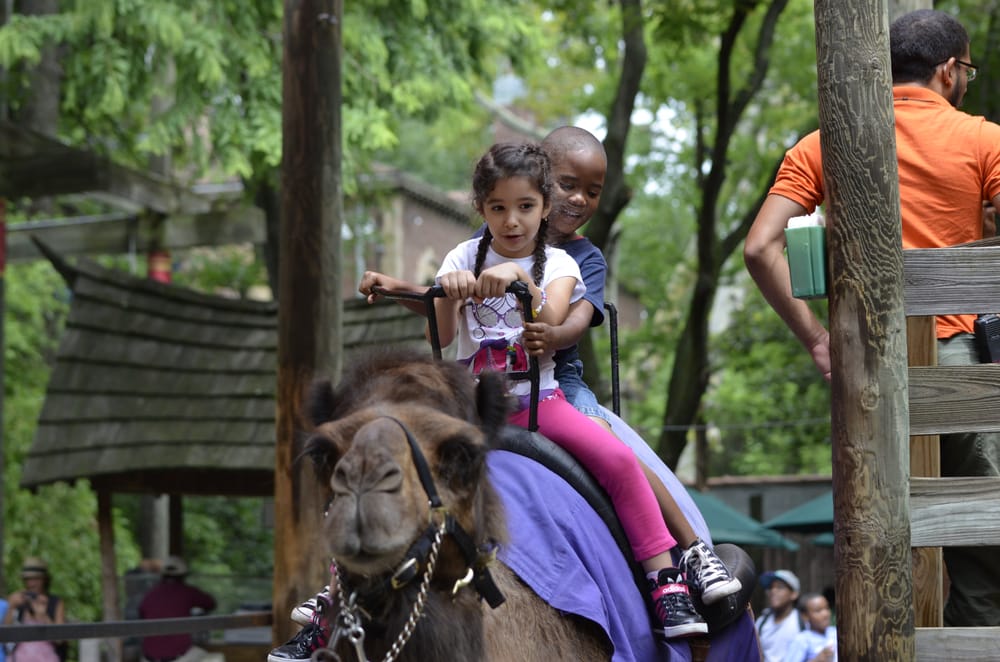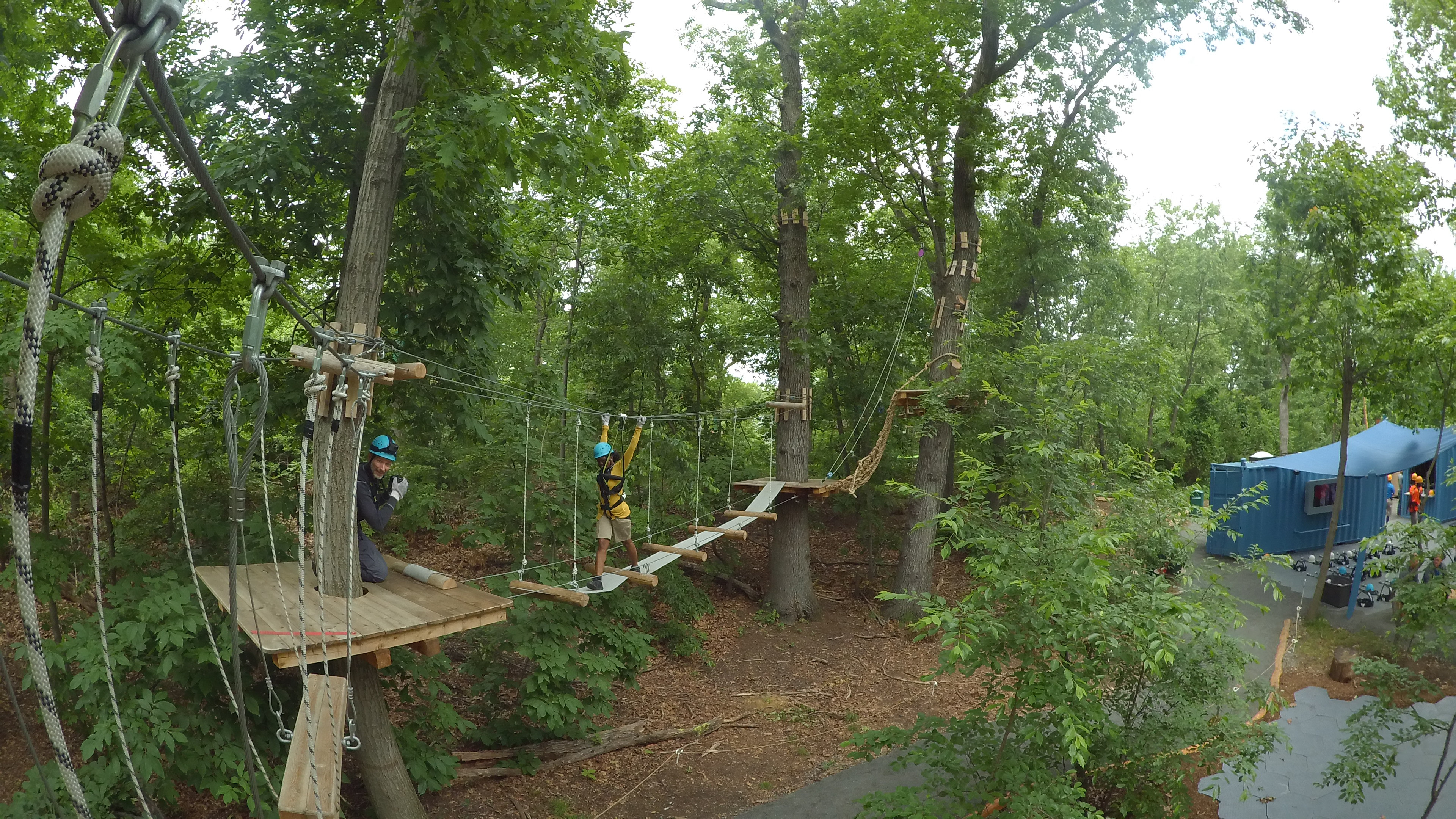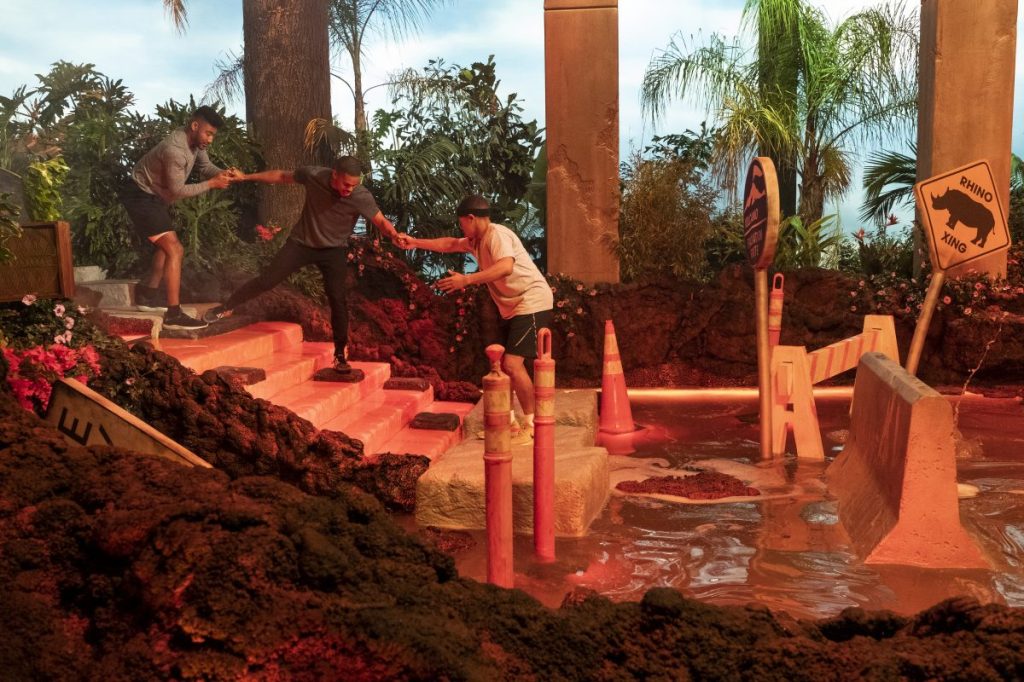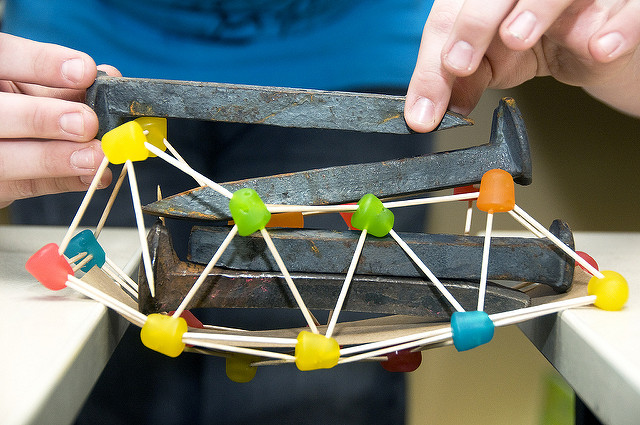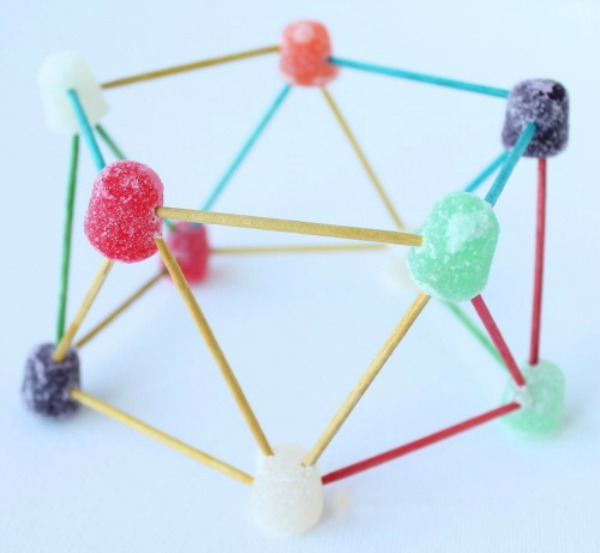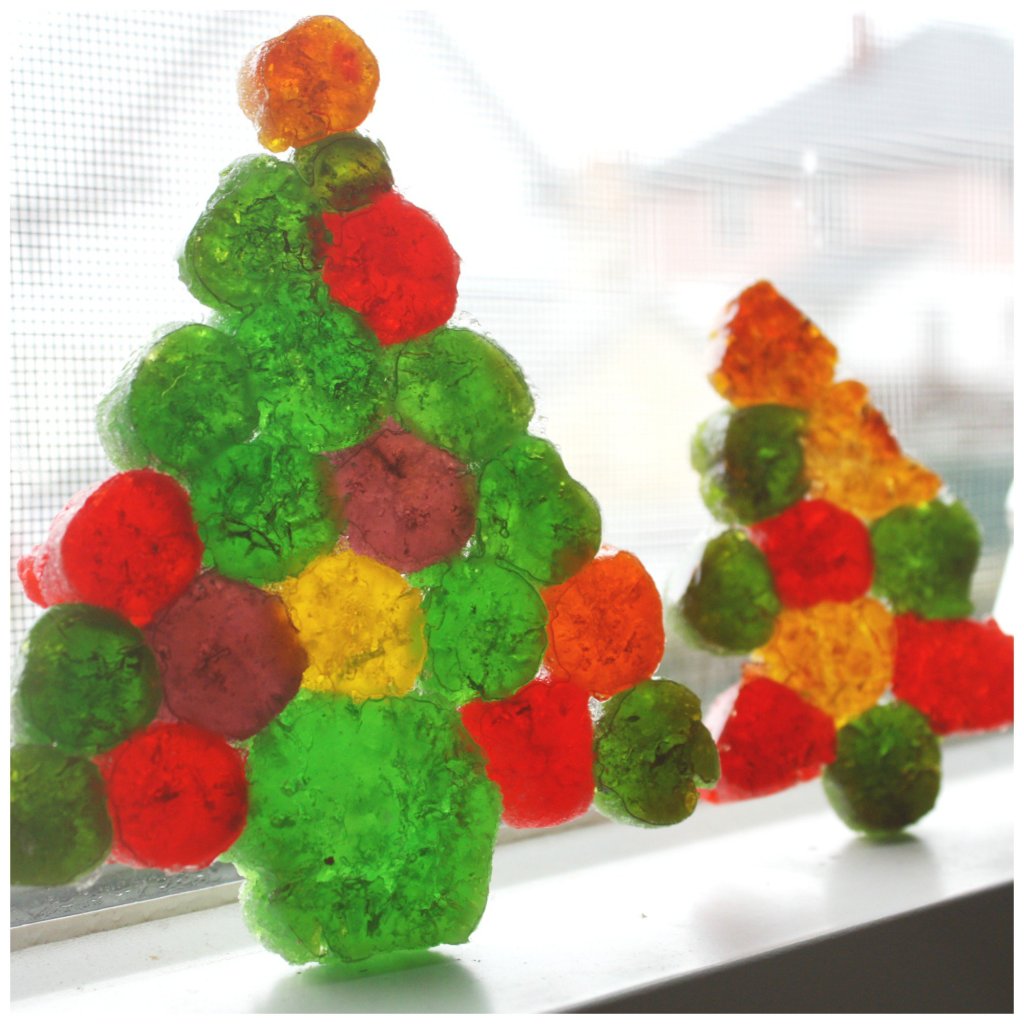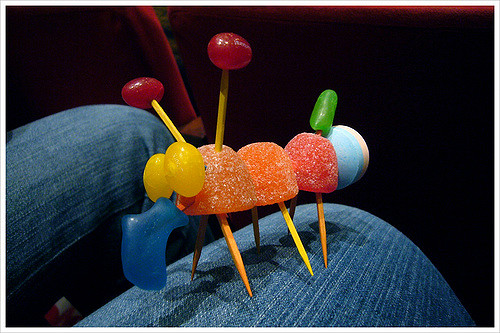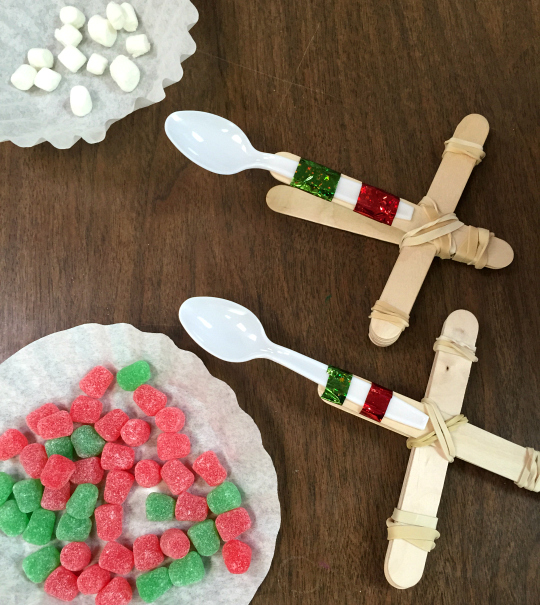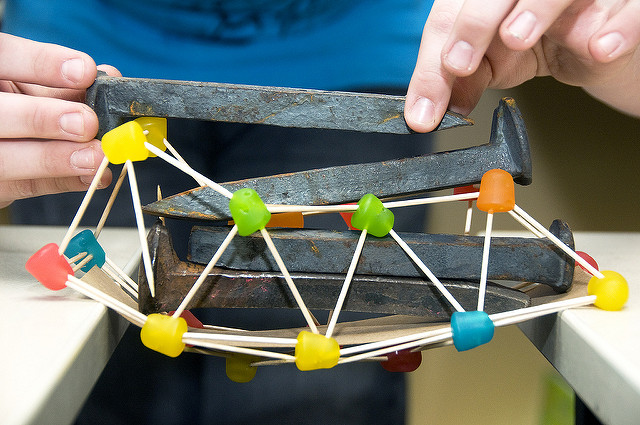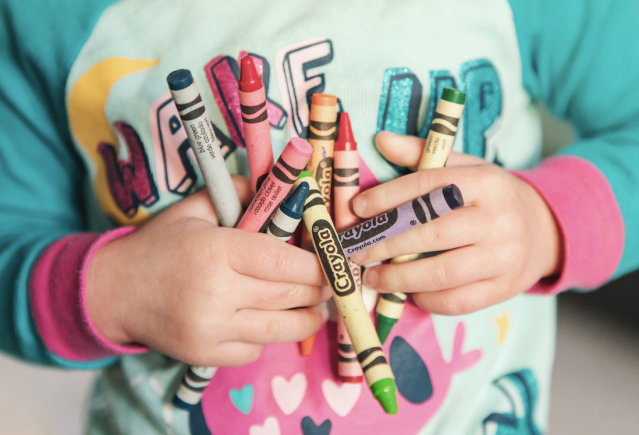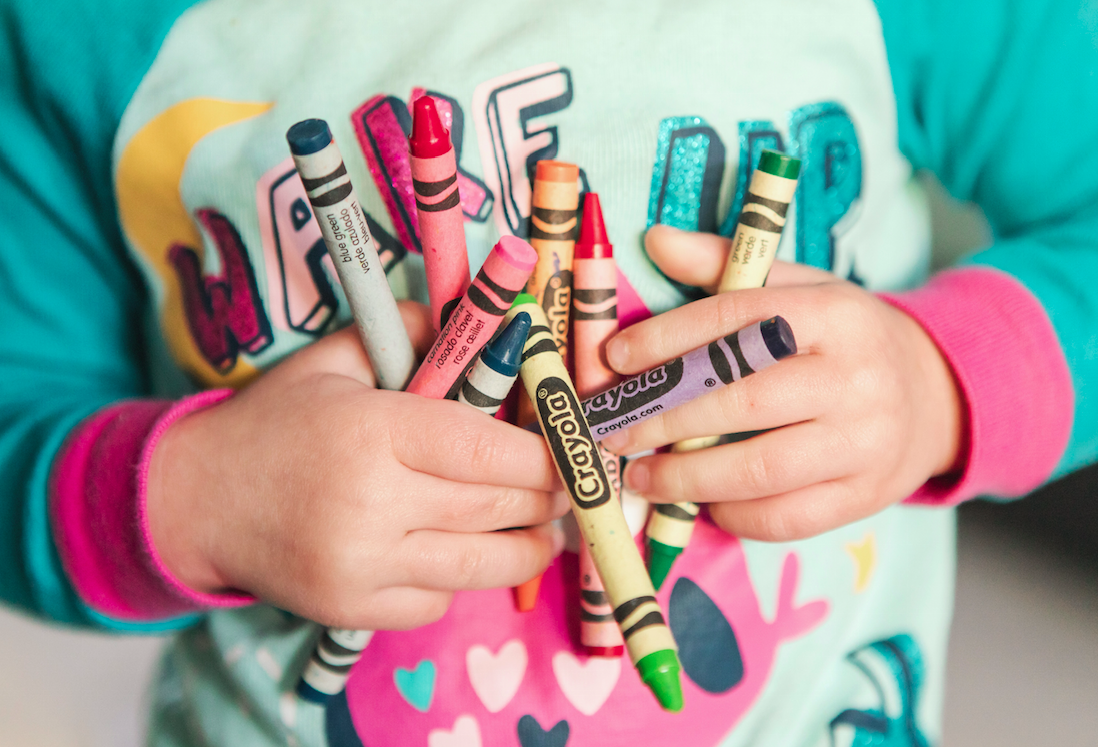Whether you’re tired of the clutter or just getting the house in shape while you’re home so much, it doesn’t have to be an expensive task. From organizing kid toy chaos to purging your pantry, these dollar store organization hacks won’t break the bank and will give you all the Marie Kondo vibes. Keep scrolling to see some simple ways to stretch a dollar and clean the house at the same time.
Pin these amazing dollar store hacks!
Small Bins for Bathroom Drawers
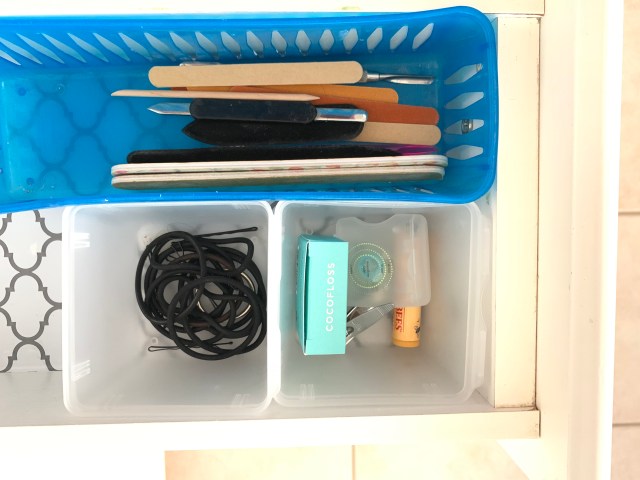
Bathroom drawers driving you crazy? Pick up a few smaller bins and boxes to get everything in check. Most of the time, small organizers like these are two or three for one dollar, a major score! Use for hair ties, floss, and anything else that is rolling around in those drawers.
Organize Purses with Lid Racks
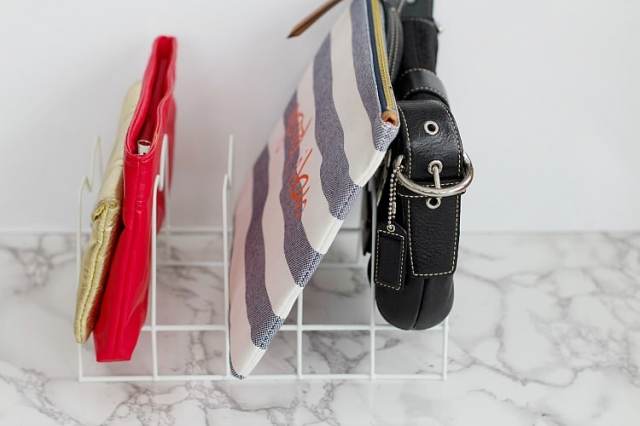
Lots of small bags and clutches lying around? Gran a $1 lid holder the next time you're in the kitchen aisle at the dollar store like The Organized Mama did, and you have instant organization! The simple and versatile holder will keep your purses neat and tidy.
Create a School Lunch Station

Keep the kids (and yourself) organized when it comes to school lunches. The brilliant minds at Design Improvised created a lunch station that includes simple bins to keep lunchboxes, snacks and containers neat and tidy. We love this idea because it give kids the autonomy to get themselves ready for school.
Spice Rack for Nail Polish
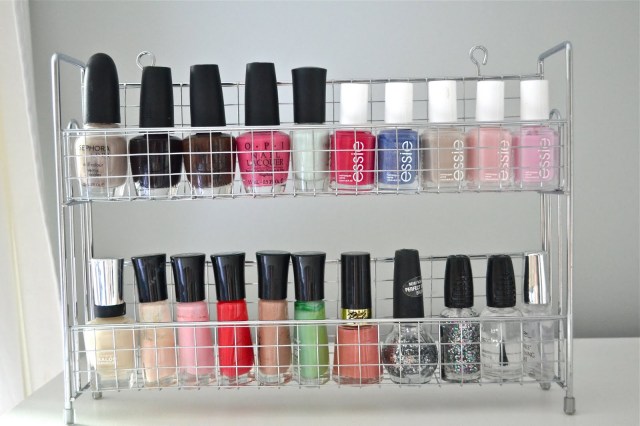
Nail polish piling up in a box somewhere? Now you can put it on display easily with a dollar store spice rack. Liz Marie shares this simple idea which not only organizes your polish, but prevents you from buying the same shade of pink over and over.
Under the Sink Clean Up
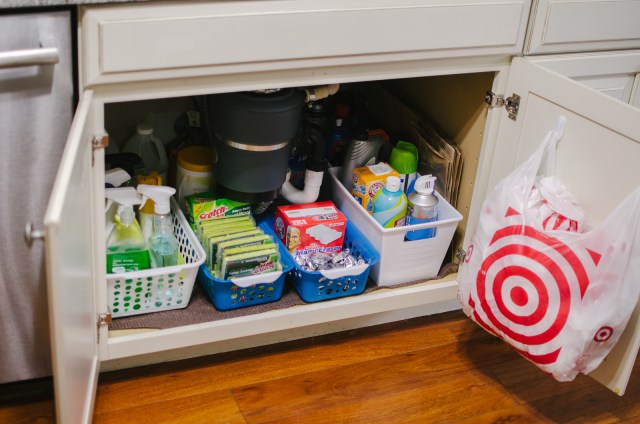
Raise your hand if your bathroom or kitchen sink cabinets are a mess! By Lauren M shows how easy it can be with a few baskets to get all the cleaning supplies and necessities under control.
Perfect Pantry
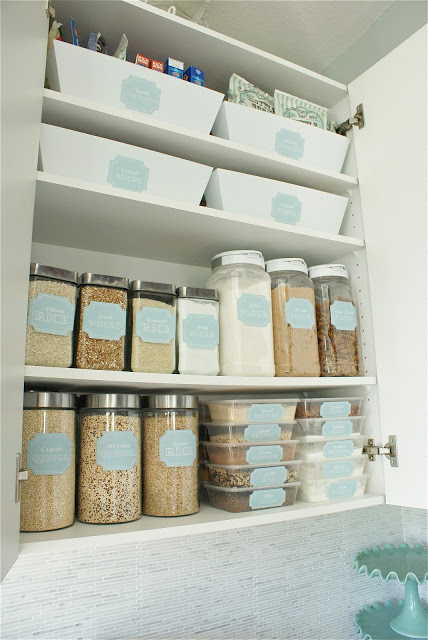
Pantry a disaster? Whip into shape with dollar store bins like The Social Home! With some careful planning and neutral products, you can store dry goods in both plastic and glass containers that will have your pantry looking like something out of a magazine shoot, no matter how big or small.
Tidy Linen Closet
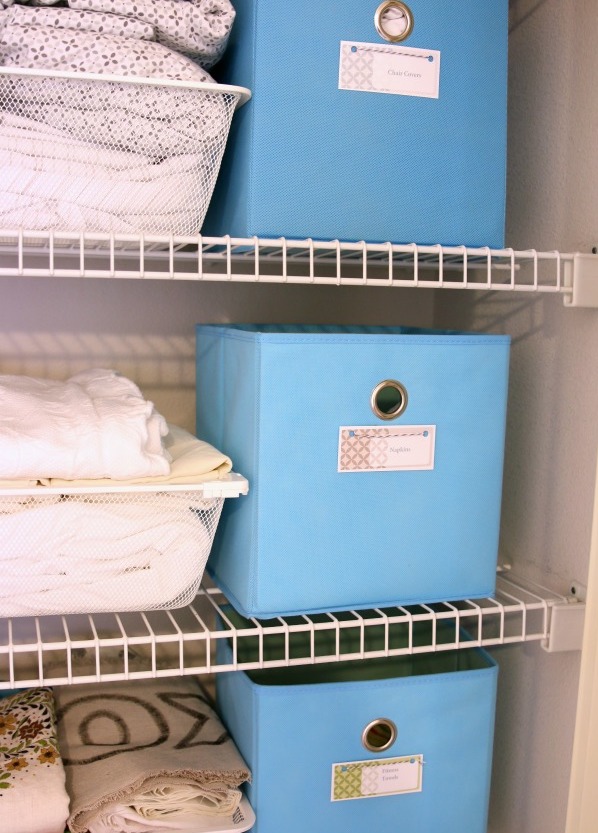
Are you scared to open the linen closet because of the overflow of sheets and towels? Kim at Today's Creative Life has put dollar store bins to good use and the result is an organized linen closet. Add in some labels and you'll never end up with a mouthful of falling towels again!
Simple Toy Bins
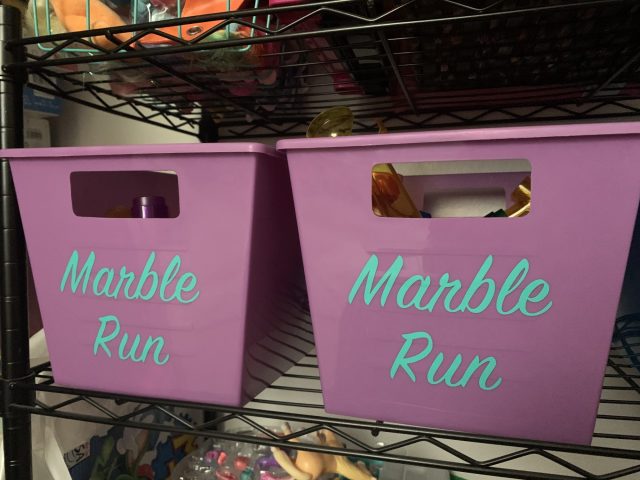
Easily corral toys with dollar store bins. Choose from a variety of shapes, sizes and colors and simply label to keep multi-part toys like LEGO bricks, marble runs, dolls clothes, cars and more.
Car Caddy
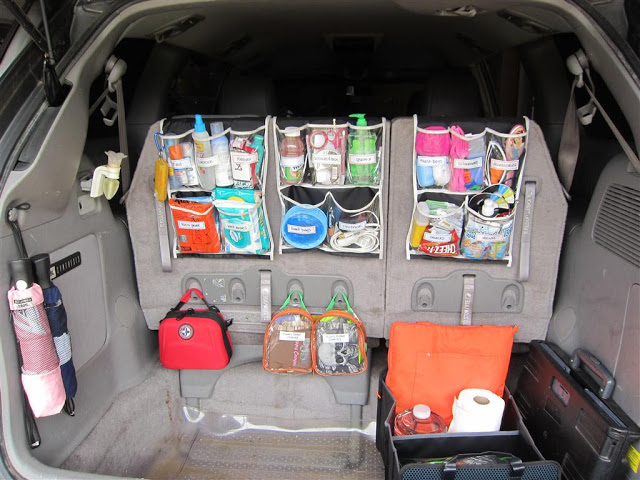
Keep your mom mobile in ship shape by using simple plastic shower caddies! They are perfect for storing all your car essentials, like changes of clothes, snacks, wipes, diapers and pretty much anything a mama on the go needs. Castro Family Happynings came up with this idea and it has served her road-tripping fam perfectly!
Tangle-Free Jewelry
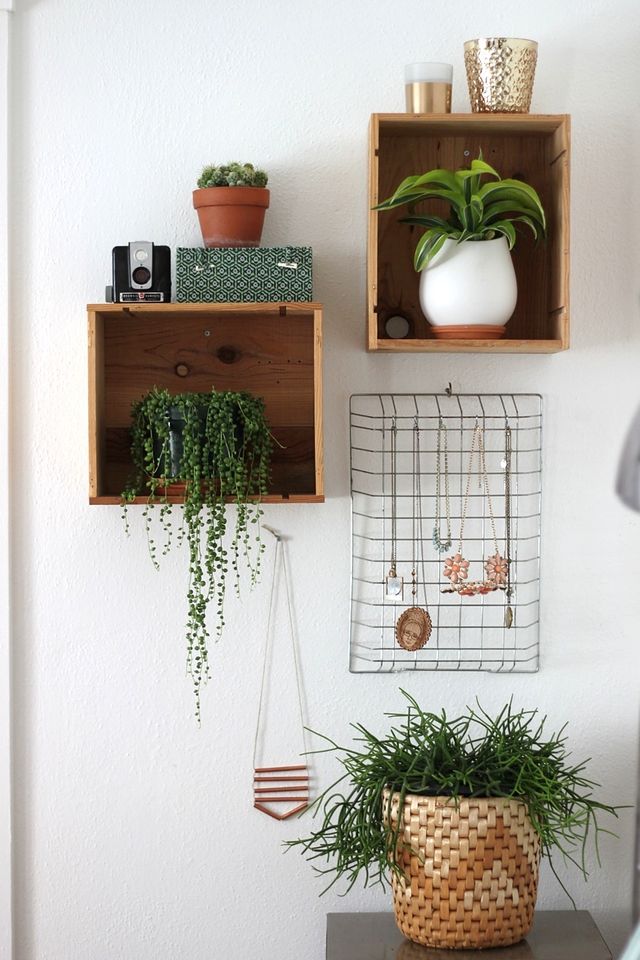
Want a stylish yet functional way to keep your jewelry tangle free? Use a dollar store wire basket like this one from Smile & Wave DIY and you have instant organization.
Clean Up Craft Supplies
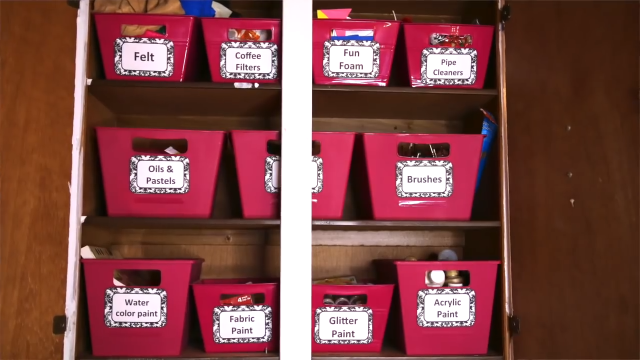
Whether you're a creative crafter or your kids love to keep a huge art supply stash, getting organized with dollar store bins is a breeze. Clutter Bug uses inexpensive bins and DIY labels to get her must-have supplies in tip top shape.
––Karly Wood
Featured image: Karly Wood
RELATED STORIES
This Mom’s Dollar Tree Laundry Room Hacks Are Just Brilliant
17 Dollar Store Entertainment & Decor Hacks
6 Ways to Turn Dollar Store Finds into Creative Activities
